What Is A Callery Pear: Information On Growing Callery Pear Trees

At one time Callery pear was one of the most popular urban tree species in eastern, central, and southern regions of the country. Today, while the tree has its admirers, city planners are thinking twice before including it into the urban landscape. If you’re thinking about growing Callery pear trees, keep reading to find out about the care of Callery pear trees and other useful Calleryana information.
What is a Callery Pear?
Callery pear trees (Pyrus calleryana) from the family Rosaceae, were first brought to the United States from China in 1909 to the Arnold Arboretum in Boston. Callery pear was again introduced into the U.S. to help develop fire blight resistance in the common pear, which was devastating the pear industry. This is somewhat conflicting Calleryana information, as while all current cultivars are resistant to fire blight in northern regions, the disease can still be an issue in trees grown in humid southern climates.
Around 1950, Calleryana became a popular ornamental leading to the development of an array of genotypes, some of which are self-pollinating. Trees were found to not be only visually appealing, but highly resilient as well. Other than fire blight, they are resistant to many other insects and diseases.
Callery pear thrives in a wide variety of environments and grows rapidly, often attaining heights of between 12 and 15 feet (4-5 m.) in an eight to ten year period. In the spring, the tree is a sight to behold with colorations from red and yellow to white.
Additional Calleryana Information
Calleryana blooms in the early spring prior to leaf bud, making a spectacular showing of white blooms. Unfortunately, the spring blossoms of Callery pear have a rather displeasing aroma that is fairly short lived as the blooms become fruit. Fruit is small, less than a centimeter, hard, and bitter but the birds love it.
Throughout the summer, the leaves are bright green until fall when they explode with colors of red, pink, purple, and bronze.
Calleryana can be grown in USDA zones 4 to 8, with the exception of the cultivar ‘Bradford,’ which is suited to zones 5 to 8. The Bradford pear is the most familiar of the Callery pear trees.
Gardening tips, videos, info and more delivered right to your inbox!
Sign up for the Gardening Know How newsletter today and receive a free copy of our e-book "How to Grow Delicious Tomatoes".
Growing Callery Pear Trees
Callery pears do best in full sun but are tolerant of partial shade as well as a slew of soil types and conditions from wet soil to drought. It is indifferent to city conditions such as pollution and poor soil, making a popular urban specimen.
The tree can grow up to 30 or 40 feet (9-12 m.) with an upright pyramid-like habit and, once established, care of Callery pear trees is minimal.
Unfortunately, one of the downsides of this specimen is that it has a fairly short lifespan of maybe 15 to 25 years. The reason for this is that they develop co-dominant leaders instead of one main trunk, making them susceptible to breaking apart, especially during rain or windstorms.
Is Callery Pear Invasive?
While the tree is resilient, its tendency to form dense thickets pushes out other native species that can’t compete for resources such as water, soil, space, and sun. This is good news for the survivability of Callery pear, but not such great news for native plants.
Additionally, although the birds love the fruit, they then spread the seeds, allowing Callery pear to pop up unbidden, again becoming competitors for resources against native flora, so yes, Calleryana can be labeled invasive.
Note: As of January 2023, Callery (also called Bradford) pear trees are banned in Ohio because of their harmful, invasive nature. South Carolina and Pennsylvania will soon also be banning the trees. Even if you don't live in one of these states, please reconsider and do not plant Callery or Bradford pears.

Amy Grant has been gardening for 30 years and writing for 15. A professional chef and caterer, Amy's area of expertise is culinary gardening.
-
 12 Lush Alternatives To A Lawn For Sustainable Spaces
12 Lush Alternatives To A Lawn For Sustainable SpacesAlternatives to a lawn are beautiful and also beneficial to your local ecosystem and its pollinators. Explore our top picks for plants to replace grass.
By Tonya Barnett
-
 Types Of Tomatoes Explained: Explore The Many Wonderful Shapes, Colors, Flavors, & Best Uses
Types Of Tomatoes Explained: Explore The Many Wonderful Shapes, Colors, Flavors, & Best UsesThe world of tomato varieties is vast and fascinating. Learn about the key types to grow in your garden, tailored to your preferences and space.
By Amy Grant
-
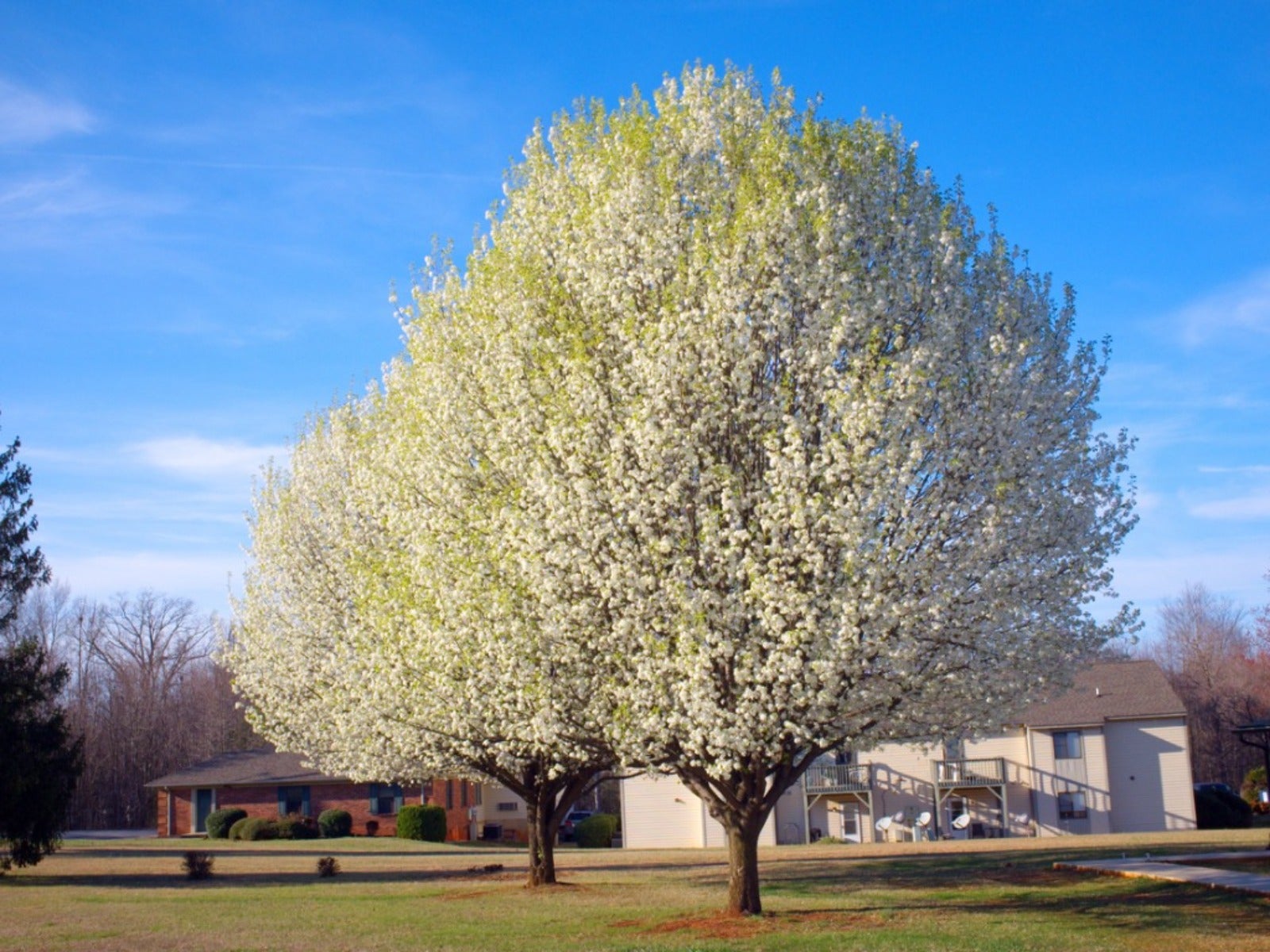 Natives That Are Great Bradford Pear Tree Alternatives
Natives That Are Great Bradford Pear Tree AlternativesNow banned in Ohio and other states, read how to replace Bradford pear trees with a variety of other flowering trees.
By Teo Spengler
-
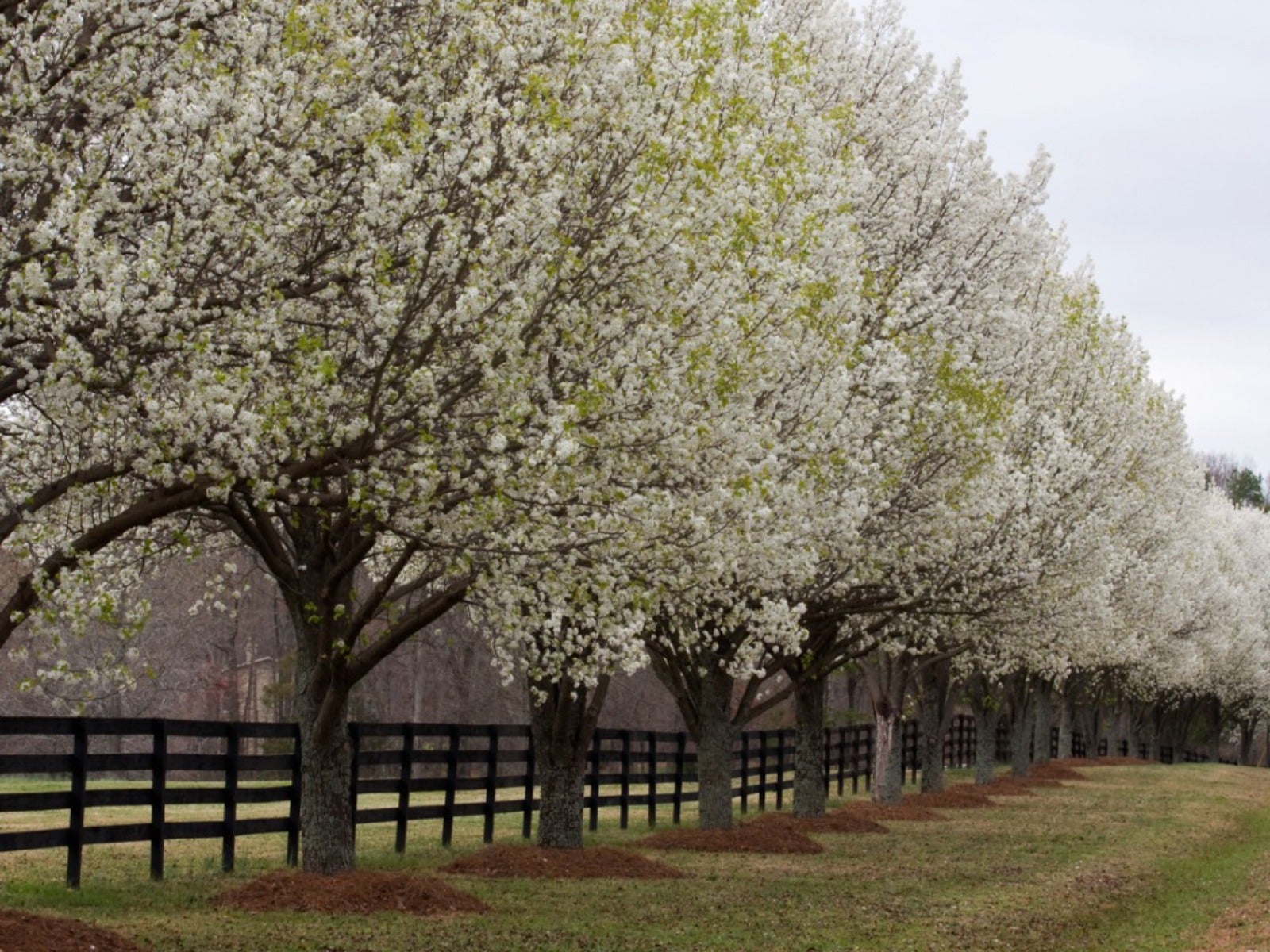 Why Are Bradford Pear Trees So Bad They’ve Been Banned?
Why Are Bradford Pear Trees So Bad They’ve Been Banned?By Laura Miller
-
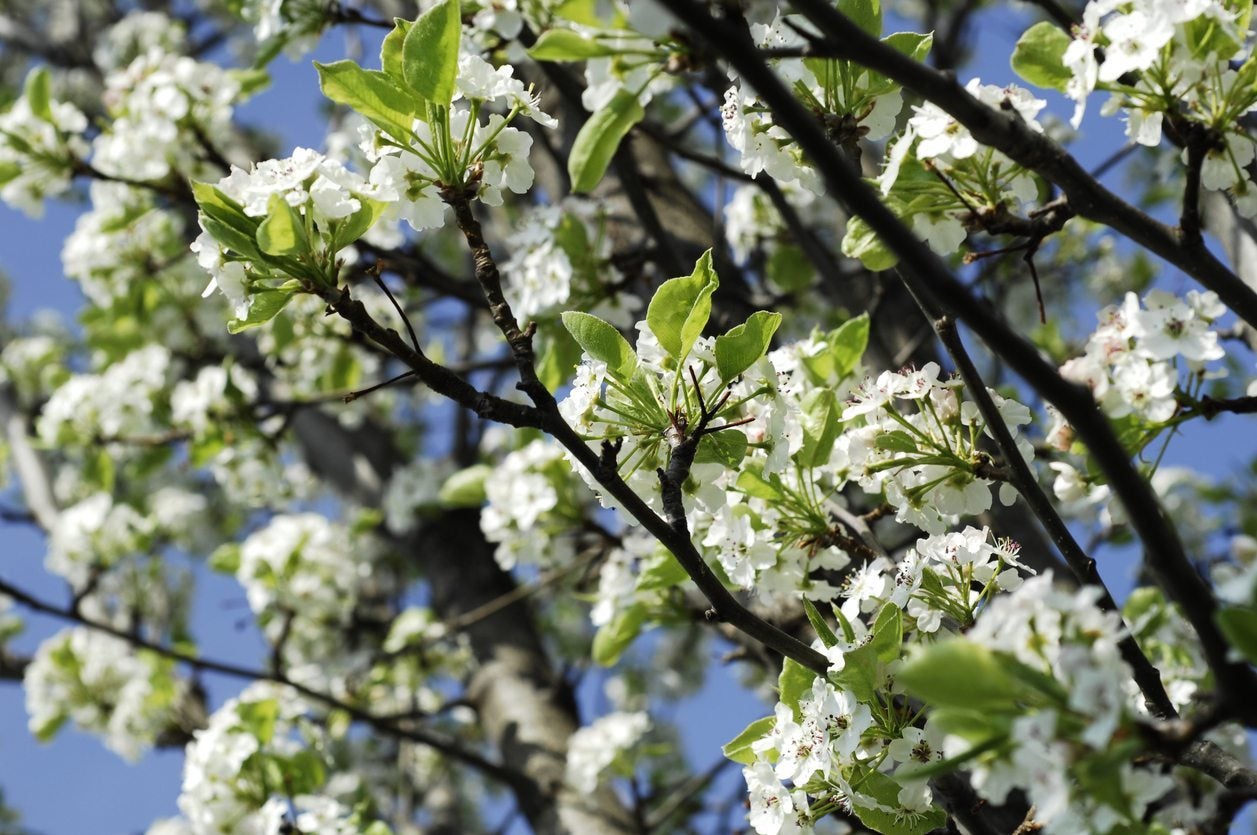 Cleveland Select Pear Info: Flowering Pear ‘Cleveland Select’ Care
Cleveland Select Pear Info: Flowering Pear ‘Cleveland Select’ CareThe Cleveland Select is a variety of flowering pear that is very popular for its showy spring blossoms, its bright autumn foliage, and its sturdy, neat shape. If you want a flowering pear, it's a good choice. Click here to learn more about growing Cleveland Select pears.
By Liz Baessler
-
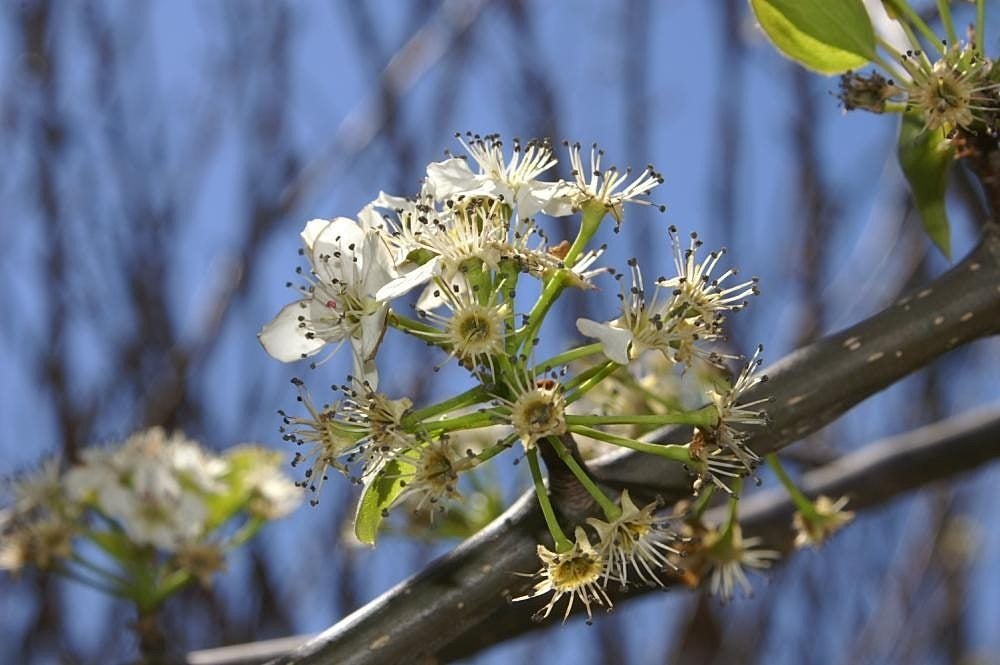 Redspire Pear Tree Care: Tips For Growing Redspire Pears
Redspire Pear Tree Care: Tips For Growing Redspire PearsCallery `Redspire' pears are fast-growing ornamentals with narrow crowns. They offer large, white blossoms in spring; pretty, purple new leaves; and flaming, fall color. Click here for additional Redspire pear information as well as tips on Redspire pear tree care.
By Teo Spengler
-
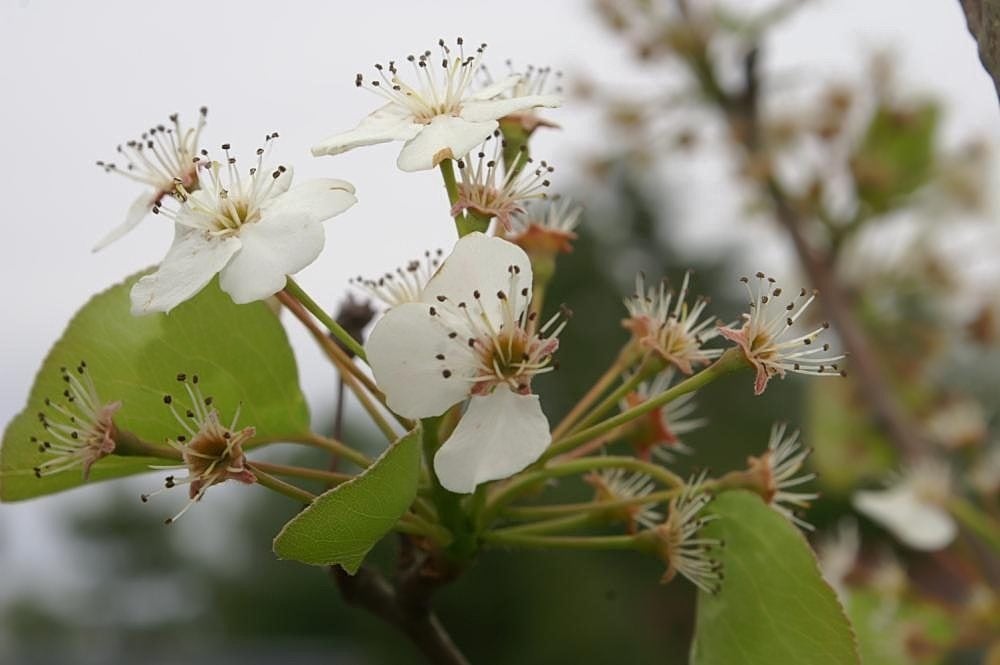 Chanticleer Pear Information: Learn About Growing Chanticleer Pears
Chanticleer Pear Information: Learn About Growing Chanticleer PearsIf you are looking for ornamental pear trees that overflow with showy flowers in spring, consider Chanticleer pear trees. They also delight with vibrant, fall colors. For more Chanticleer pear information and tips on growing Chanticleer pears, this article will help.
By Teo Spengler
-
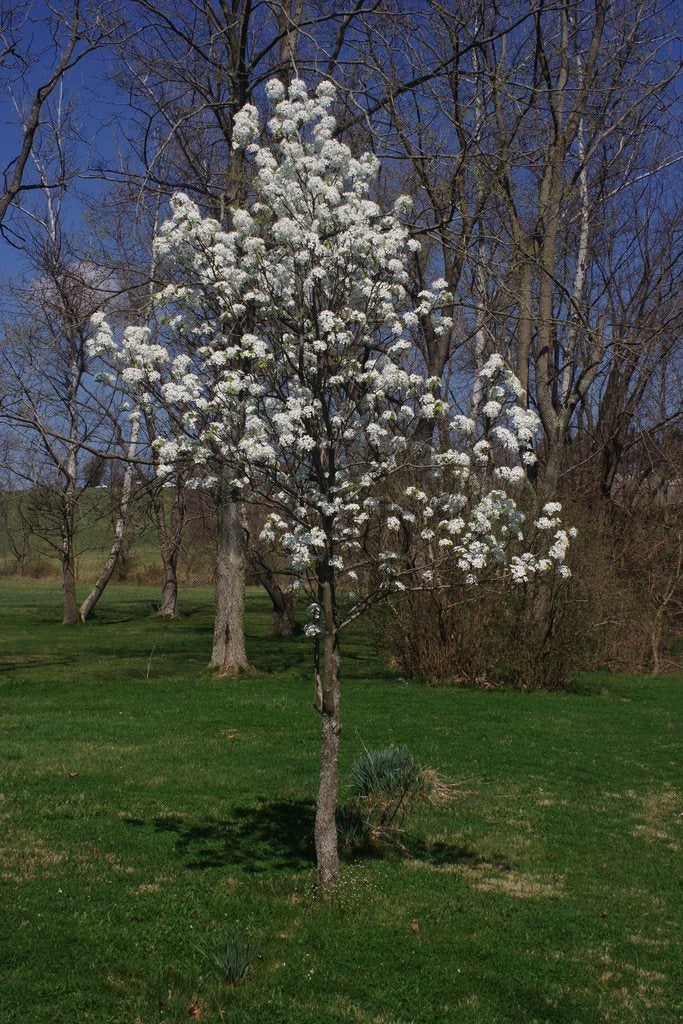 Autumn Blaze Pear Trees – Tips On Caring For Autumn Blaze Pears
Autumn Blaze Pear Trees – Tips On Caring For Autumn Blaze PearsAutumn Blaze pear trees may not produce edible fruits, but they are truly ornamental gems. They have a beautiful rounded, spreading habit and showy flowers in spring. For more Autumn Blaze information, including tips on how to care for it, click here.
By Teo Spengler
-
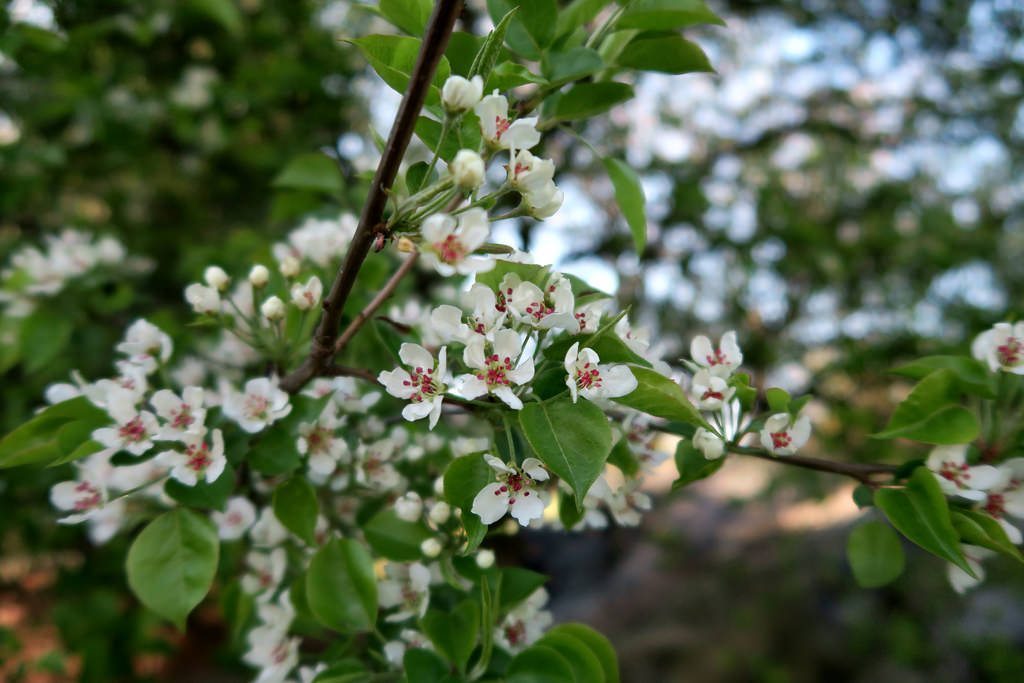 Korean Sun Information : How To Grow A Korean Sun Pear Tree
Korean Sun Information : How To Grow A Korean Sun Pear TreeKorean Sun pear trees are small, almost dwarf specimens that fit easily into most landscaping schemes. Their adaptability makes them excellent selections for accents or light shade plants. Find out how to grow Korean Sun pear in this article.
By Bonnie L. Grant
-
Flowering Aristocrat Pear Tree Info: Tips On Growing Aristocrat Flowering Pears
Many homeowners and city workers search for reliable pest and disease resistant shade trees to replace ash trees. A suitable option is the Aristocrat pear (Pyrus calleryana 'Aristocrat'). Learn more about Aristocrat flowering pear trees in this article.
By Darcy Larum